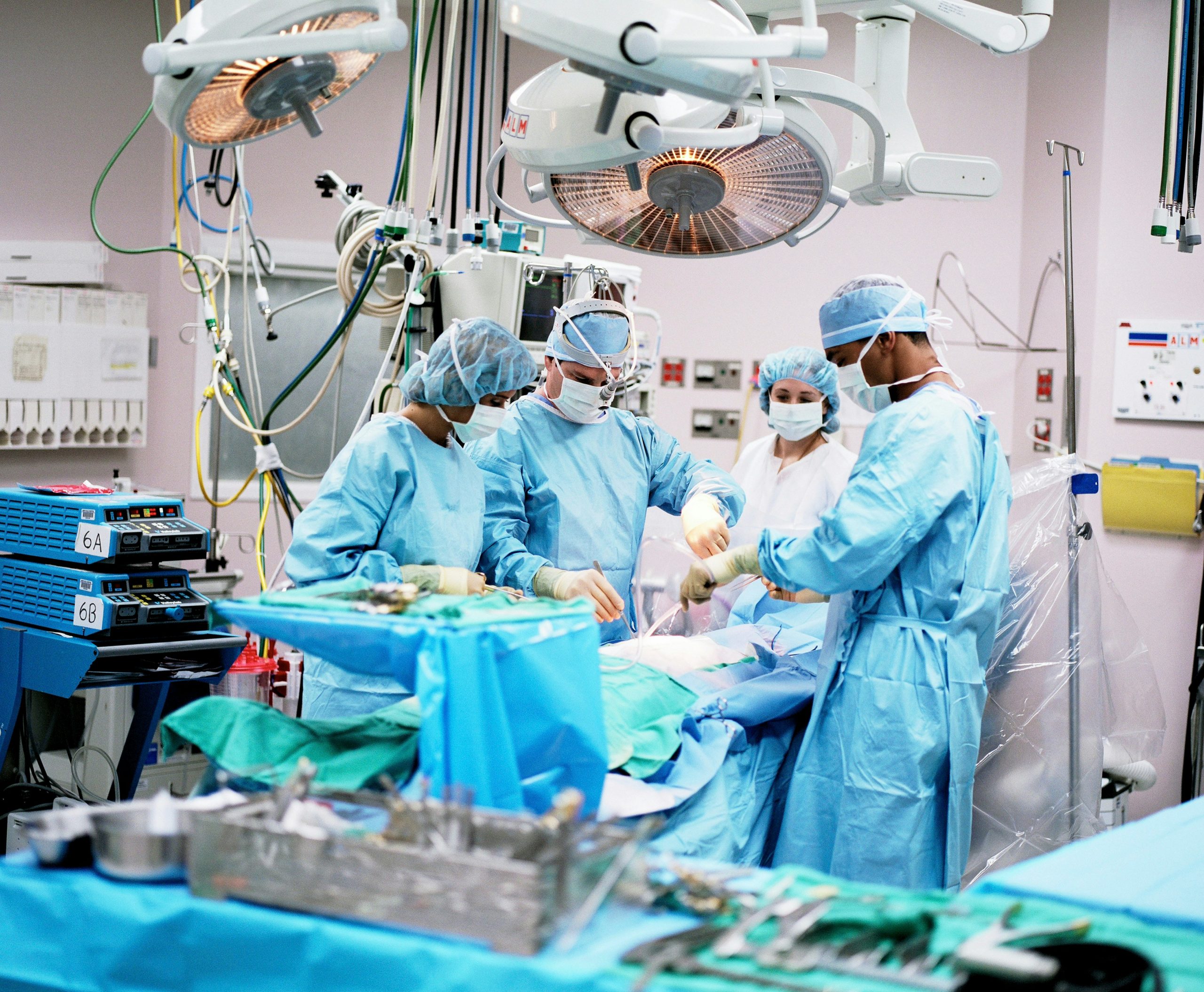
In the rapidly evolving landscape of modern medicine, the introduction of robotics into surgery has sparked a renaissance in procedural precision, patient safety, and recovery outcomes. As the Chief of Robotics in a leading healthcare institution, I am at the forefront of integrating these cutting-edge technologies into our surgical repertoire. This article offers an insider’s perspective on the latest surgical innovations and the transformative impact of robotics in the operating room.
The Revolution of Robotic-Assisted Surgery
Robotic-assisted surgery has fundamentally changed the nature of complex surgical procedures. With advanced robotic systems, surgeons can perform highly intricate operations through tiny incisions with unmatched precision.
This minimally invasive approach reduces patients’ physical trauma, leading to quicker recoveries, fewer complications, and shorter hospital stays.
Precision and Control
One of the primary advantages of robotic surgery is the enhanced precision it offers. Robotic systems like the da Vinci Surgical System provide surgeons with high-definition, three-dimensional views of the surgical site. The robotic arms have a range of motion far superior to the human hand, allowing for micro-movements in tight spaces within the human body. This precision is particularly crucial in surgeries involving delicate structures and confined areas, such as prostatectomy, gynecological surgeries, and cardiothoracic procedures.
Patient Outcomes and Recovery
From a patient’s perspective, robotic-assisted surgery offers substantial benefits. The precision of robotic systems often results in less blood loss, lower risk of infection, and reduced need for pain medication post-operation.
Moreover, the minimally invasive nature of these procedures means that patients can often return to their everyday lives much quicker than they would after traditional open surgery.
Innovations on the Horizon
As the Chief of Robotics, I oversee surgical robotics’ current capabilities and anticipate future innovations. Several exciting developments are in the pipeline that promise further to enhance the effectiveness and scope of robotic-assisted surgeries.
Enhanced Imaging and Augmented Reality
One area of ongoing innovation is the integration of enhanced imaging technologies and augmented reality (AR) into robotic systems. These technologies can overlay critical information, such as nerve locations and tumor margins, directly onto the surgeon’s view, providing real-time, actionable data during procedures. This can significantly improve surgical accuracy and safety, reducing the risk of damaging critical structures.
Artificial Intelligence and Machine Learning
Artificial intelligence (AI) and machine learning are set to revolutionize robotic-assisted surgery by allowing systems to learn from data generated during surgeries. This can lead to predictive modeling of surgical outcomes. And more personalized surgery plans based on the accumulated data from hundreds or thousands of similar cases. AI could recommend the best surgical approaches and techniques, tailoring each operation to the patient’s anatomy and medical history.
Telesurgery
Another frontier in robotic surgery is telesurgery, which allows surgeons to perform procedures on patients who are not in the exact physical location. This has profound implications for providing high-quality surgical care to remote or underserved regions. Recent advancements in internet technologies and reduced latency times have made telesurgery more feasible. Promising a future where the best surgical expertise can be accessible anywhere in the world.
Challenges and Ethical Considerations
While the future of robotic-assisted surgery is undoubtedly promising, several challenges and ethical considerations need to be addressed. The cost of robotic systems remains prohibitively high, limiting access to well-funded urban centers. There is also the concern of a skills gap, where the availability of trained robotic surgeons cannot meet the demand.
Moreover, as we integrate more AI into surgical procedures, we must address the ethical implications of machine involvement in human surgeries. Issues such as patient consent, data privacy, and the potential for machine error must be carefully considered.
As the Chief of Robotics, I am incredibly optimistic about the role of robotic technologies in shaping the future of surgery. These innovations enhance surgical precision, improve patient outcomes, and democratize access to high-quality surgical care. By continuously pushing the boundaries of what is possible in robotic-assisted surgery. We are innovating for the sake of technology and improving the human condition—one surgery at a time. As we move forward, we must navigate these advancements thoughtfully, ensuring they are accessible and beneficial.